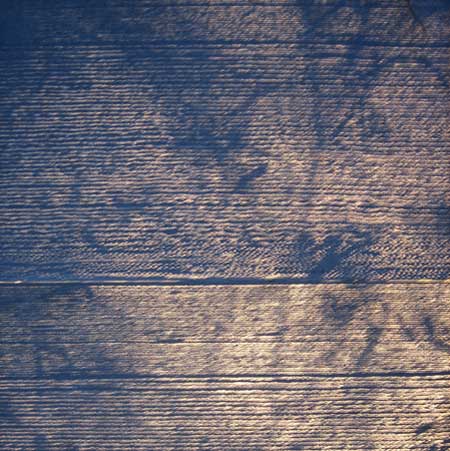
TranslucentConcrete by Andreas Bittis
Andreas Bittis has re-launched TranslucentConcrete - load-bearing concrete containing optical fibres that means you can see through it. A bit.

Update 20/01/08: see today's story on Litracon light-transmitting concrete
Bittis sent us the following information:
--
TranslucentConcrete is a combination of optical fibres and fine concrete. Thousands of fibres run side by side transmitting light between the two surfaces of each element. Because of their small size the fibres blend into concrete becoming a component of the material like small pieces of ballast. In this manner, the result is not only having the two materials mixed - glass in concrete - but a third, new material, which is homogeneous in its inner structure and on its main surfaces as well.
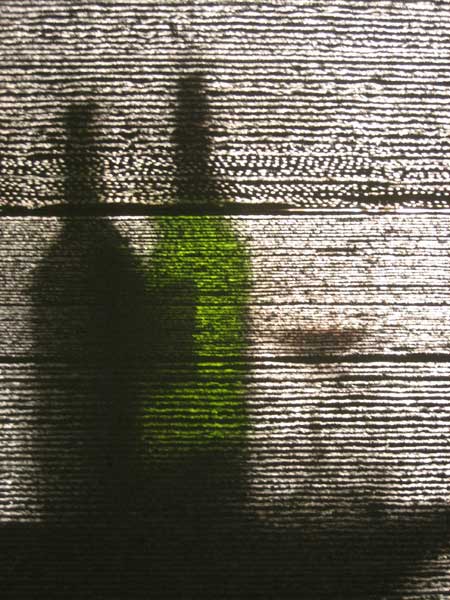
In theory, a wall structure created out of TranslucentConcrete blocks can be a couple of meters thick as the fibres work almost without any loss in light up till 20 meters! Moreover, the blocks are load-bearing and provide the same effect with both natural and artificial light. Glass fibres lead light by points between the wall-surfaces. Shadows on the lighter side will appear with sharp outlines on the darker one. Even the colours remain the same! Such a wall with glass fibre-pixels acts as if scanner and screen are united. This special effect creates the general impression that thickness and weight of this concrete wall disappear.
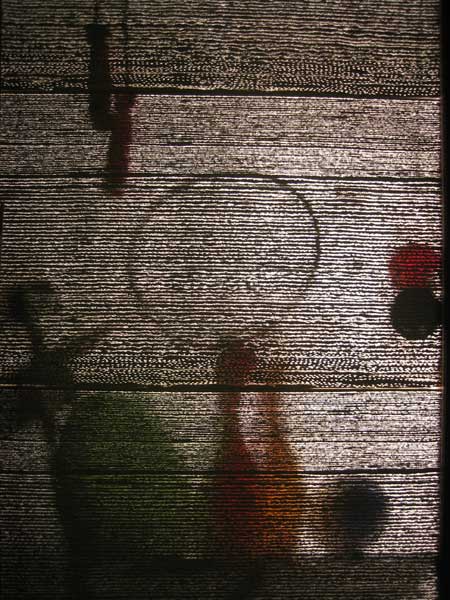
TranslucentConcrete blocks are produced depending on the aesthetical wishes and structural needs of the architects project. Basically all sizes of pre-cast concrete are possible: from small bricks, to façade plates or passable paving stones, all illuminated from beneath. Since the amount of optical fibre is only 4%, TranslucentConcrete blocks have the same technical data as the concrete used for them. The same flexibility occurs with the fibres: Right now the diameter of the fibre can be chosen from 2micro- to 2 millimetres. And also the technique of making TranslucentConcrete blocks can differ according to the needs of the project: from a slight "diffuse" aesthetic to a certain grid or even a logo.
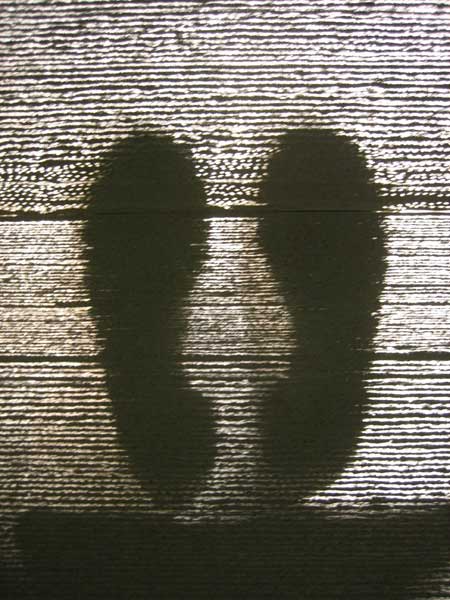
Moreover TranslucentConcrete is a high density concrete – according to the extremely fine diameter of the fibres the other aggregates need to be chosen carefully. TranslucentConcrete elements are joined together through splicing or agglutinating or in conjunction with any common framework.
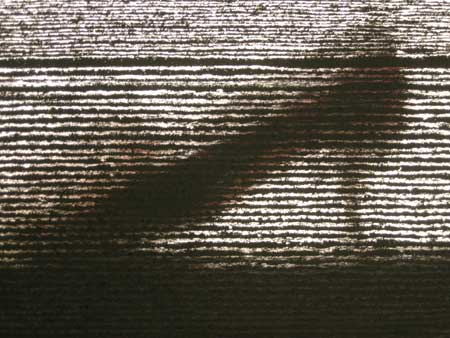
Talented architects and engineers should feel challenged to create structures of extraordinary beauty and innovation. TranslucentConcrete is the first step to what might become the building material of the future.
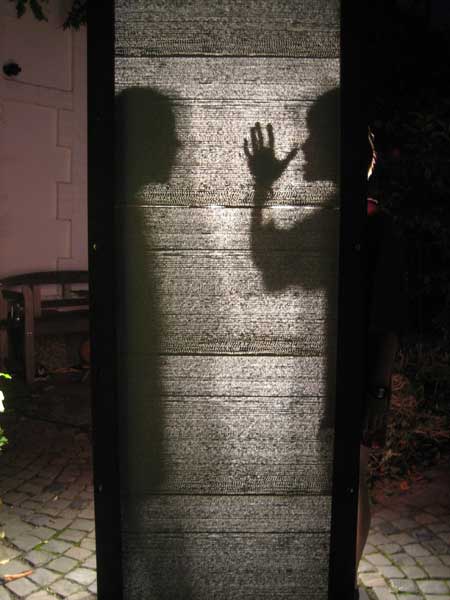
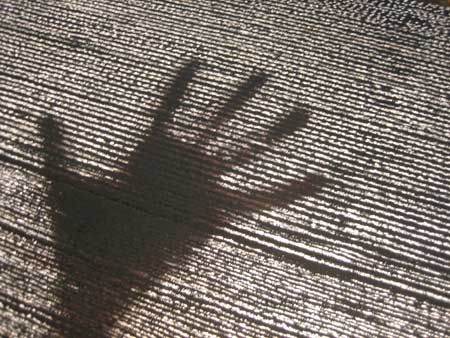
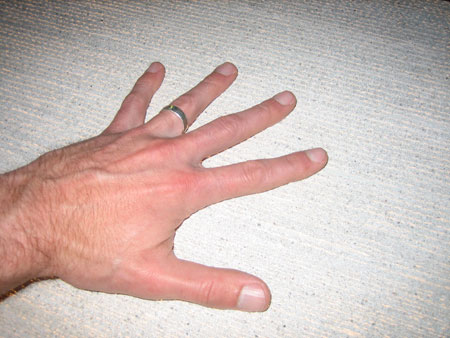
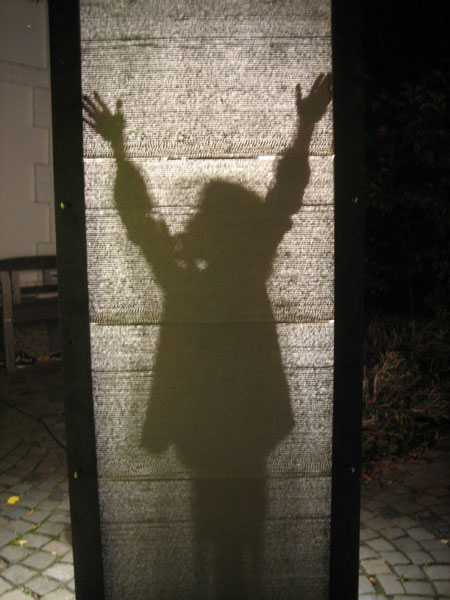
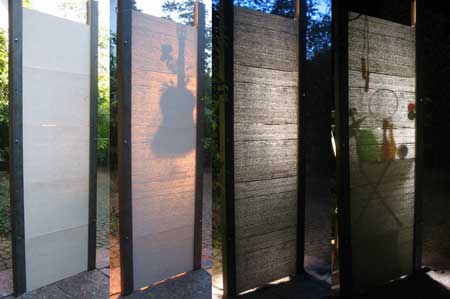
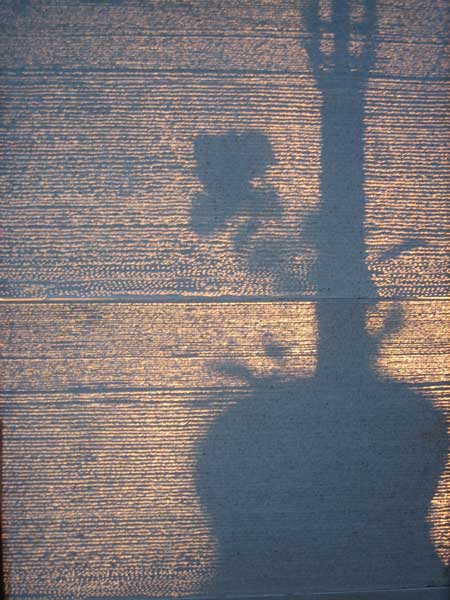
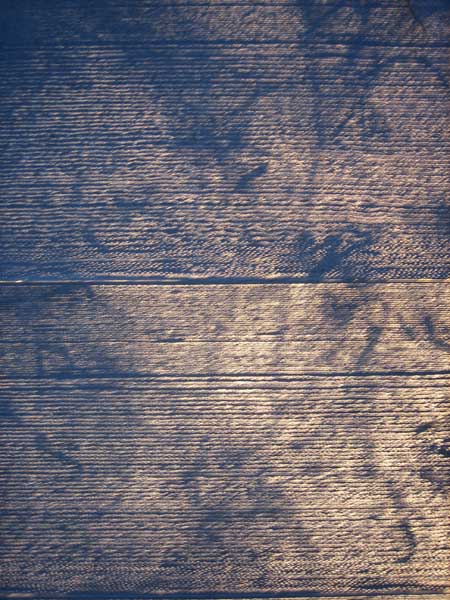
--
Posted by Rose Etherington